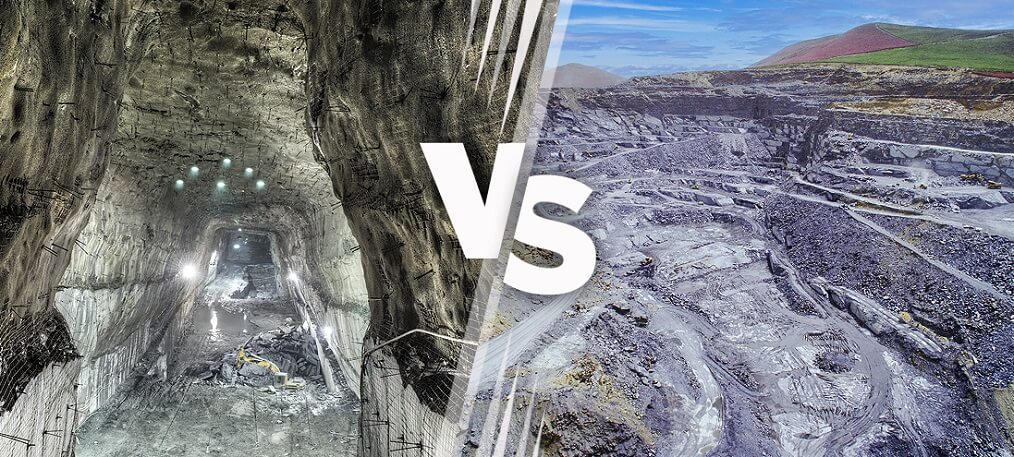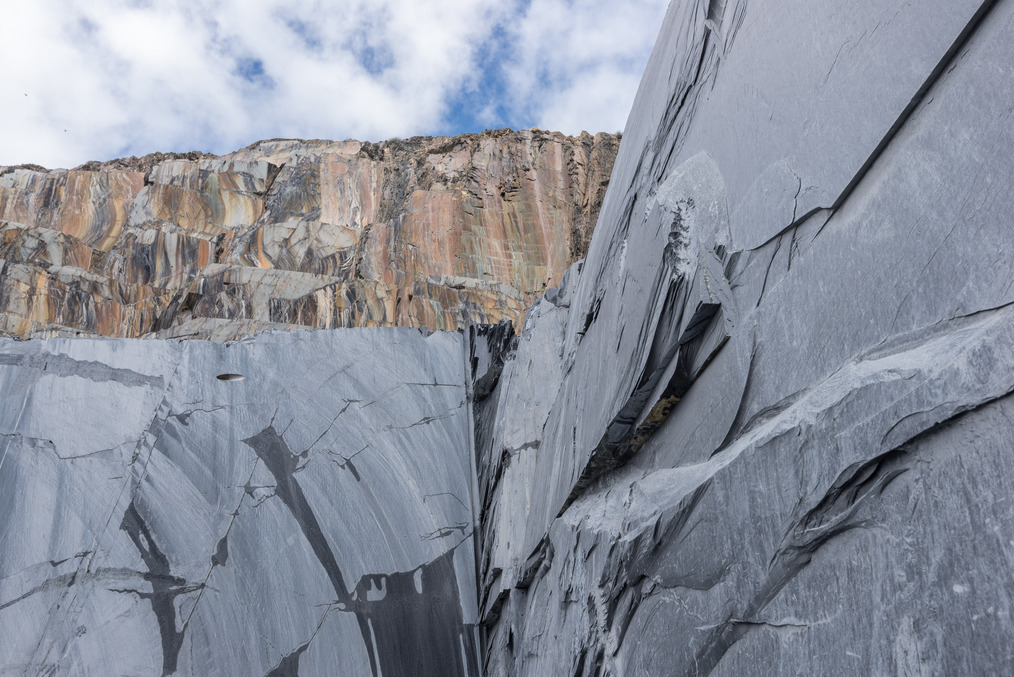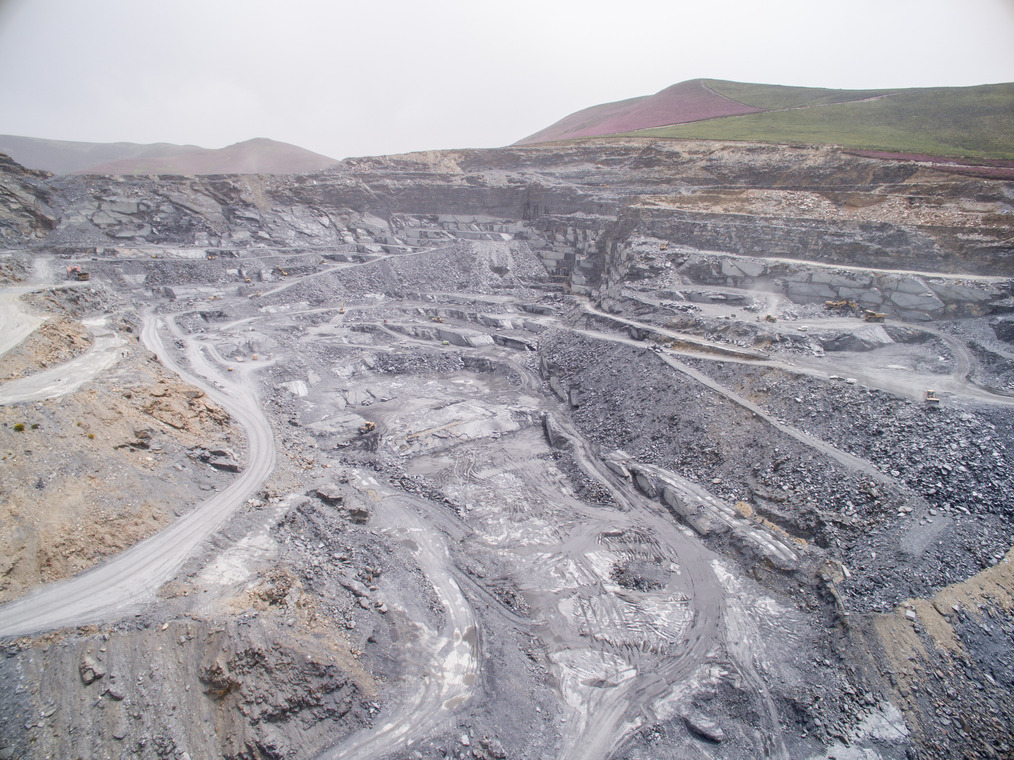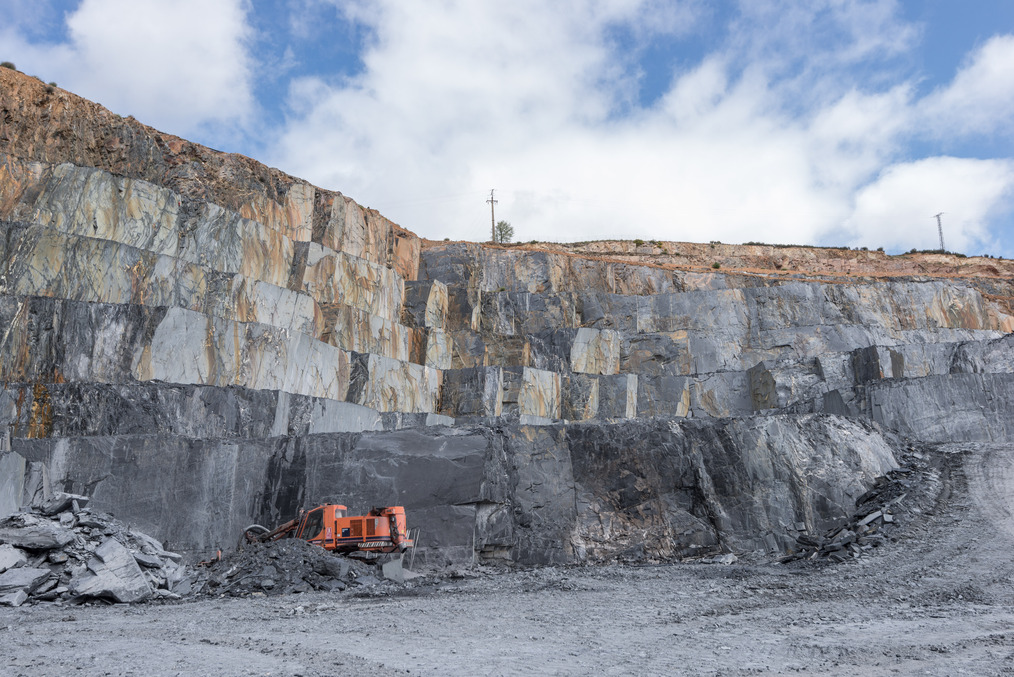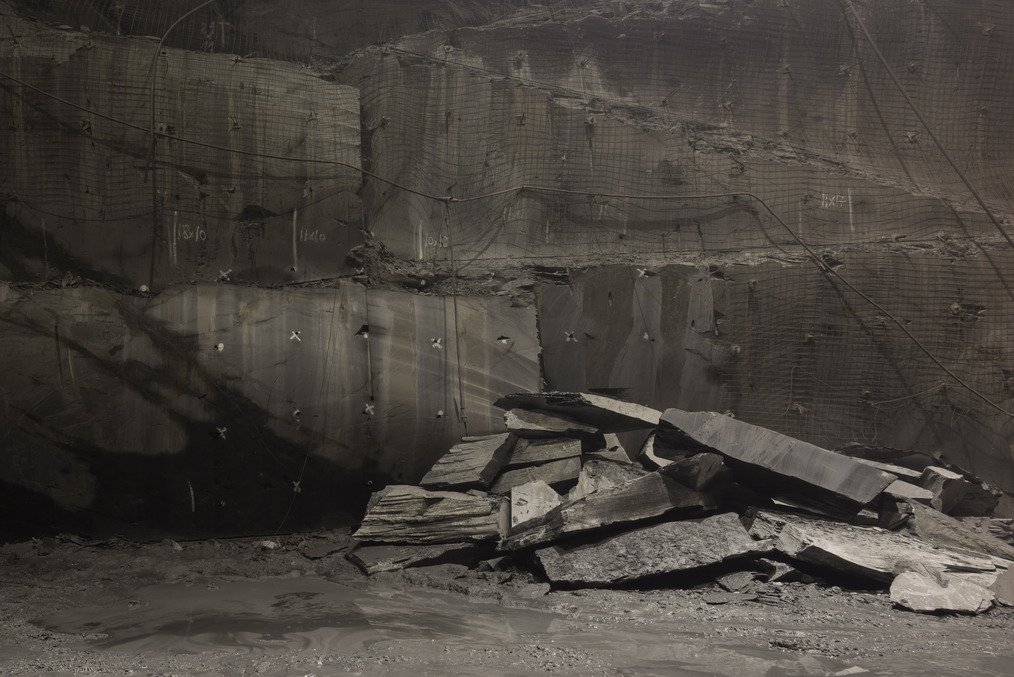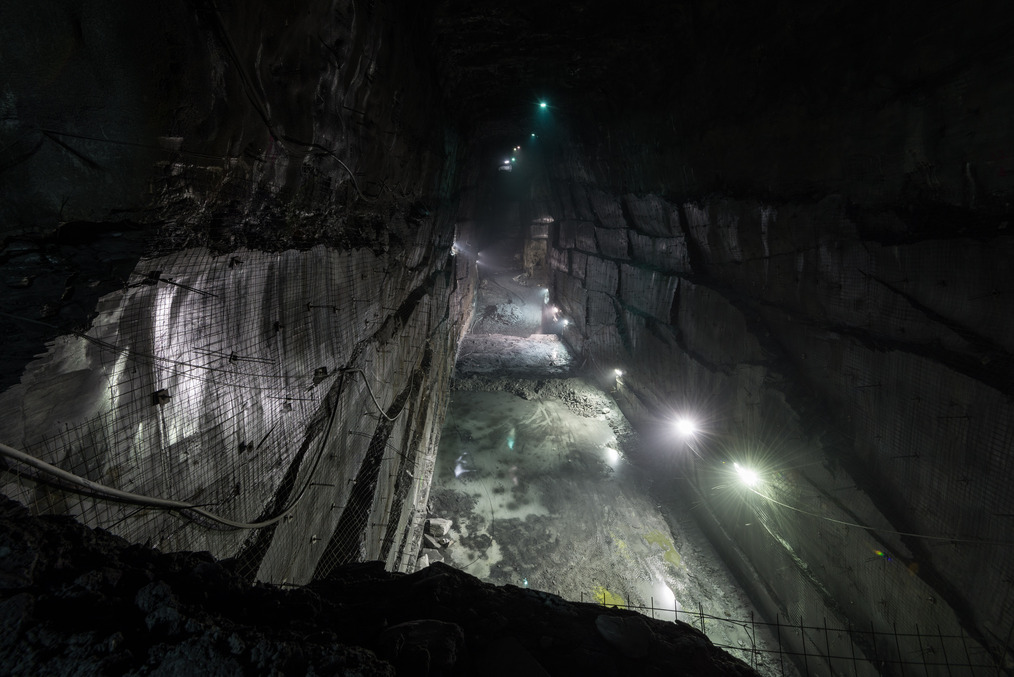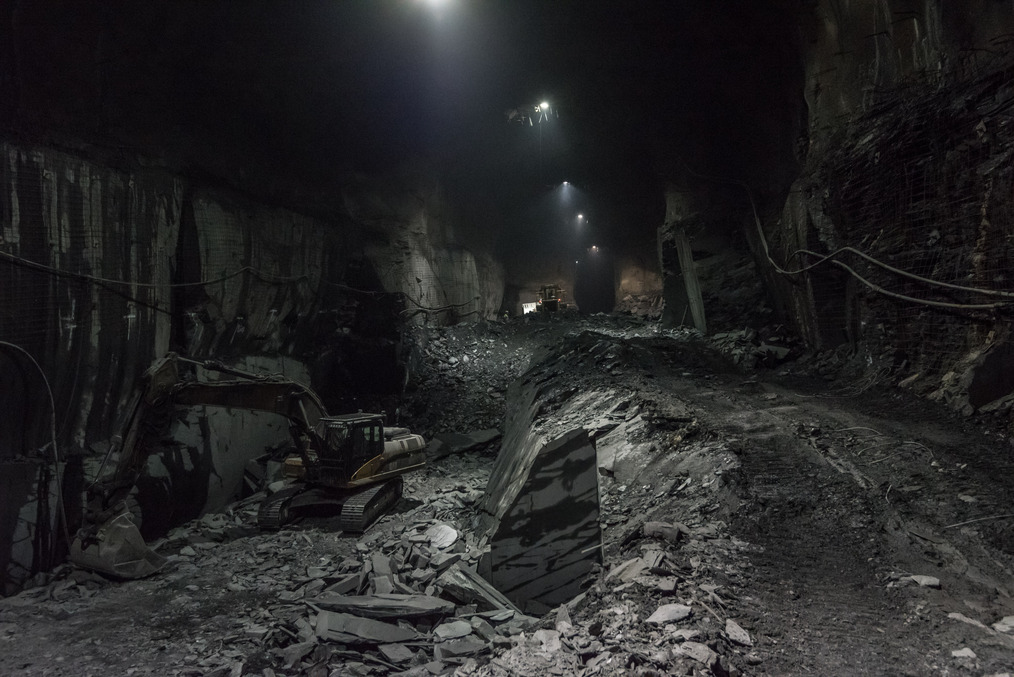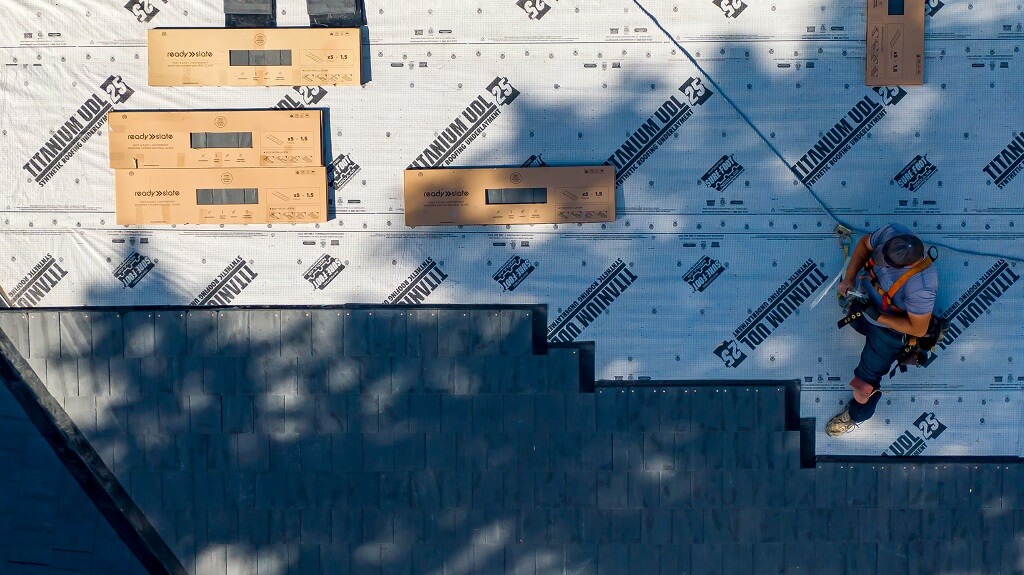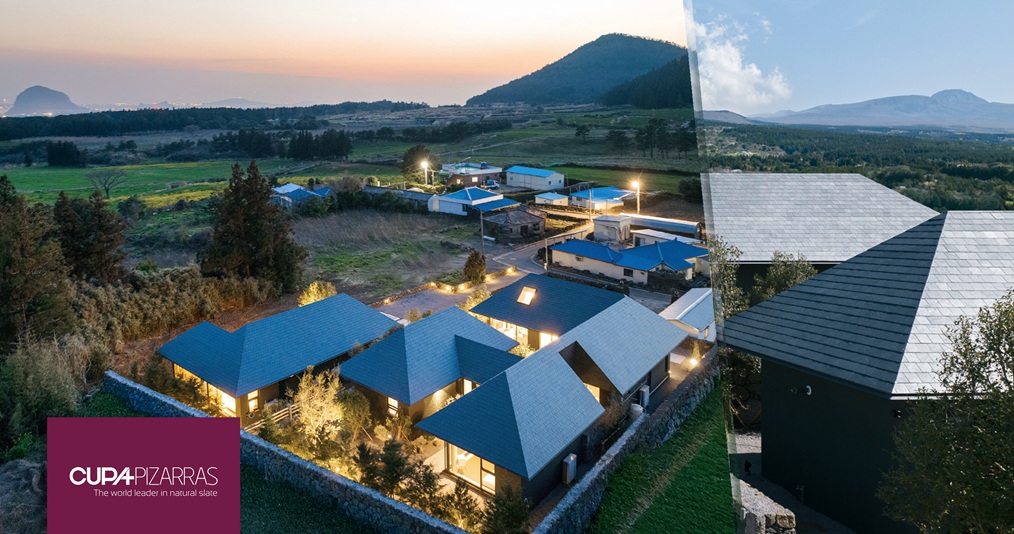Slate quarries Vs Slate mines. What are the differences?
Natural resources are the cornerstone of the construction industry and human civilization. Everything we use in our daily life has been extracted from nature, although, sometimes through damaging to the environment during the process.
Natural slate is not an exception, but its extraction process has the lowest environmental impact among all the roofing materials. This is because natural slate is a rock – which is not manufactured from other raw materials and any waste generated through production is chemically inert.
The natural slate production process starts with the extraction and there are two different approaches: open cast (quarry) and underground (mine).
The selection of the approach will depend on several factors. From an historical point of view, every slate operation began as a natural and superficial deposit which was used by local people to extract and produce slate tiles.
Over the years, this superficial level slate was gradually exhausted, and it became increasingly difficult to extract new stone blocks due to the clearings and waste materials.
At a certain point, the work had to be organised in an orderly way according to this sequence: understanding the rock composition, defining the best way to extract slate at each level to maximise extraction, processing, unloading and use of dump or wastage areas.
Usually, natural slate is extracted from the surface until the land prevents from continuing. At this point, a decision must be made whether to continue the works in a mine or abandon the operations. Generally, the first alternative is selected.
In fact, almost every historical outcrop in Europe is now a mine (Angers and Fumay in France, Mayen in Germany, Merioneth and Oakley in the United Kingdom…) The mine is the logical evolution of the quarry.
What are the pros and cons of mines and quarries?
A quarry is the oldest and easiest way to extract the rock. You just have to extract the exposed slate in large blocks following the direction of the mineable level.
Then the slate is then cut in big portions called ‘rachones’. This is done using diamond blades, a cable made of industrial diamond, which is able to cut quickly and cleanly huge stone blocks. This technology, of Italian origin, allows to extract the natural slate without damaging it and increasing the yield from the former dynamite method.
Nevertheless, the external works are at the mercy of the weather. Also, noise and waste generated affect the surroundings, although the modern production methods have reduced those negative impacts.
Although the quarry’s space is normally large, sometimes the topography and geological structures prevent the normal development of the operations. This happens when the clearing volume (the yield you have to remove to reach the exploitable rock) is too high. It is at this point when it is necessary to consider the mine.
In a mine, the extraction method employed is called ‘room and pillar’, which consist in exploiting big chambers mixed with areas without operations to provide support and hold up the roof.
Within these pillars there is also extractable natural slate, so they are usually designed to maximise the production while complying with the strict safety measures. The excess rock is deposited inside the chambers which have been already exploited. Therefore, clearing of the areas is not needed, as you can access directly to the most lucrative layers.
Noise and dust are also reduced during extraction and weather is not as much of a factor. The performance, in other words: the percentage of slate among the total stone extracted, is normally better in the mine, as the blocks are treated better.
Nevertheless, it’s not all good news. The mine requires a huge initial investment and there are a lot of technical difficulties. In addition, the smaller space requires specific machinery.
Nowadays, there are more quarries than mines in the Spanish slate sector. However, this trend is starting to change, as in the recent years natural slate has been extracted from the most accessible layers, and the tendency is going inside.
In the coming years, the sector is going to see how new mines opening, which will contribute to the reduction of the environmental impact and, possibly, increase the quality of the product as the rock will be better exploited. The slate sector is moving steadily towards a new era in which the technological development and investment are going to be crucial.

Delve into the topic by watching this video.

